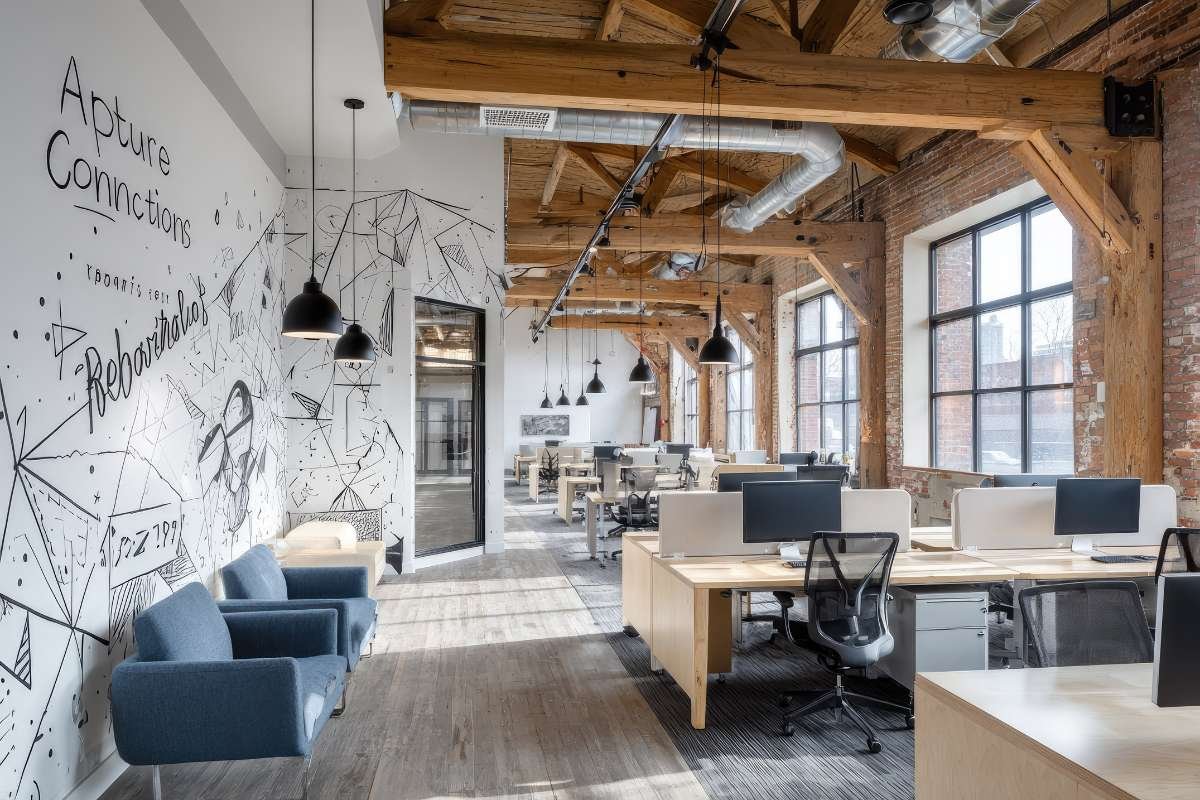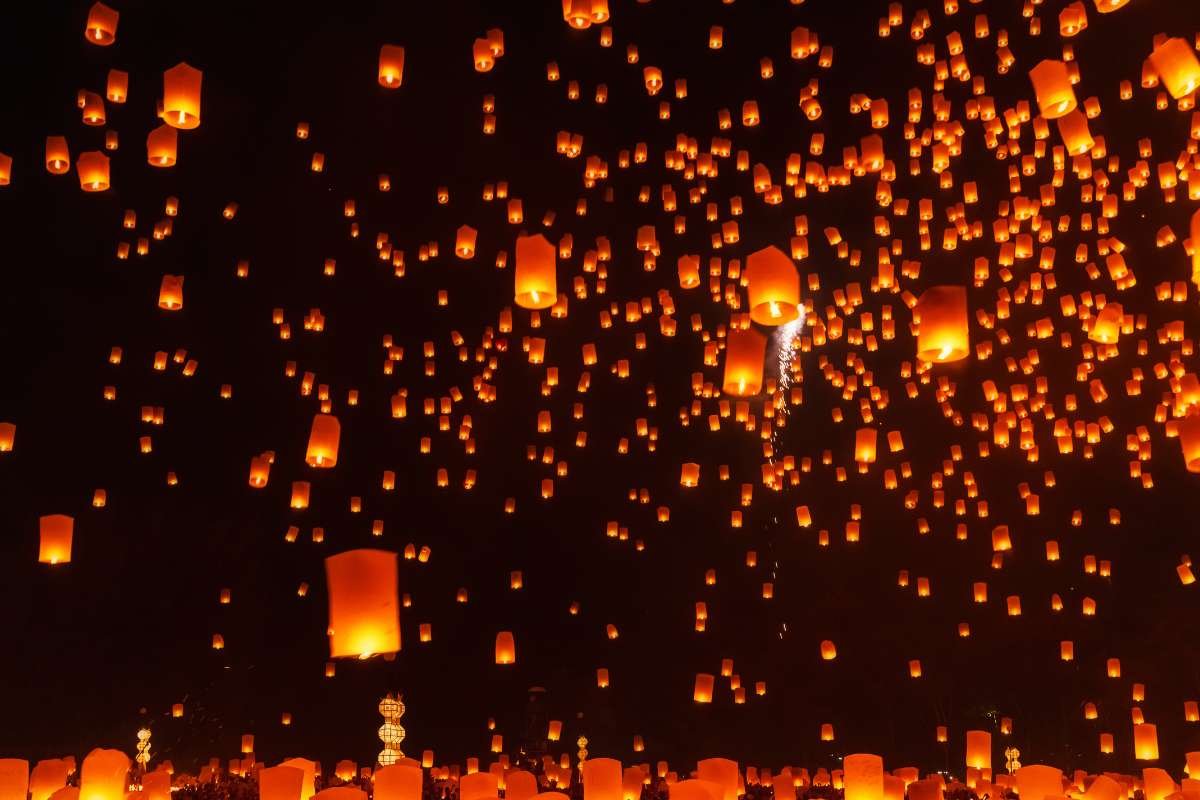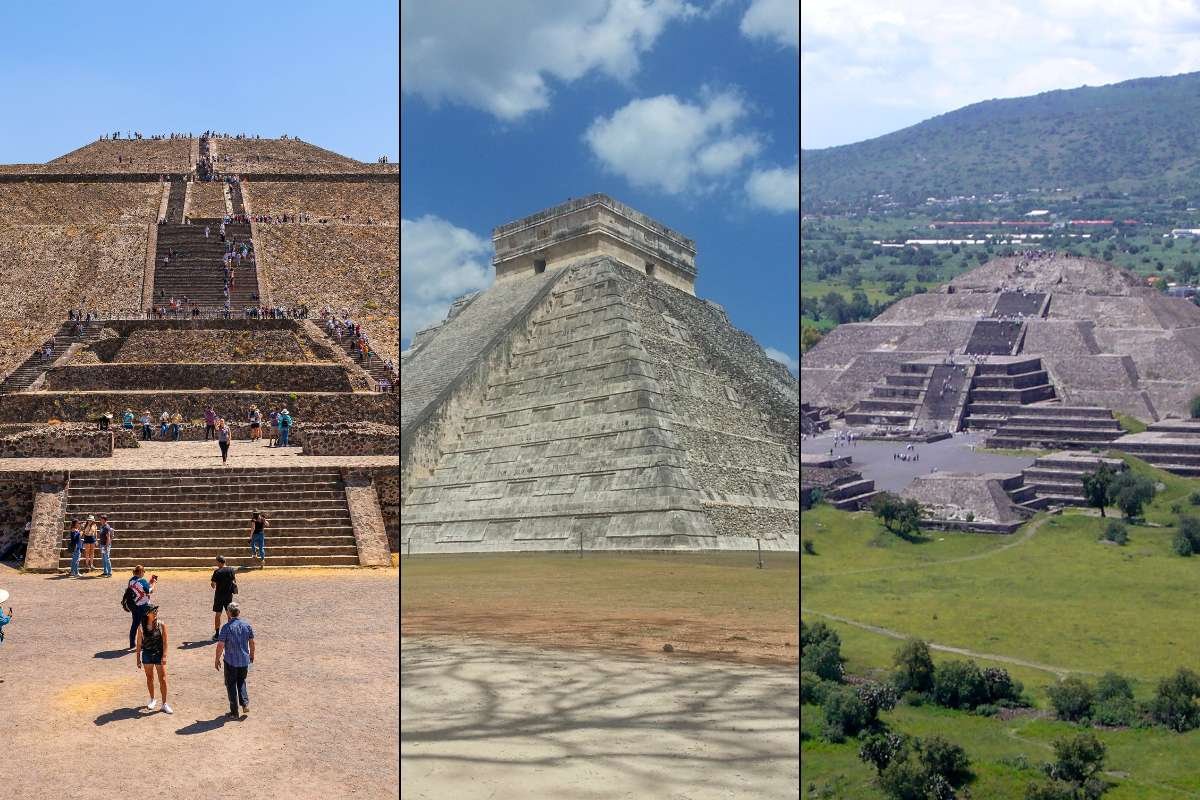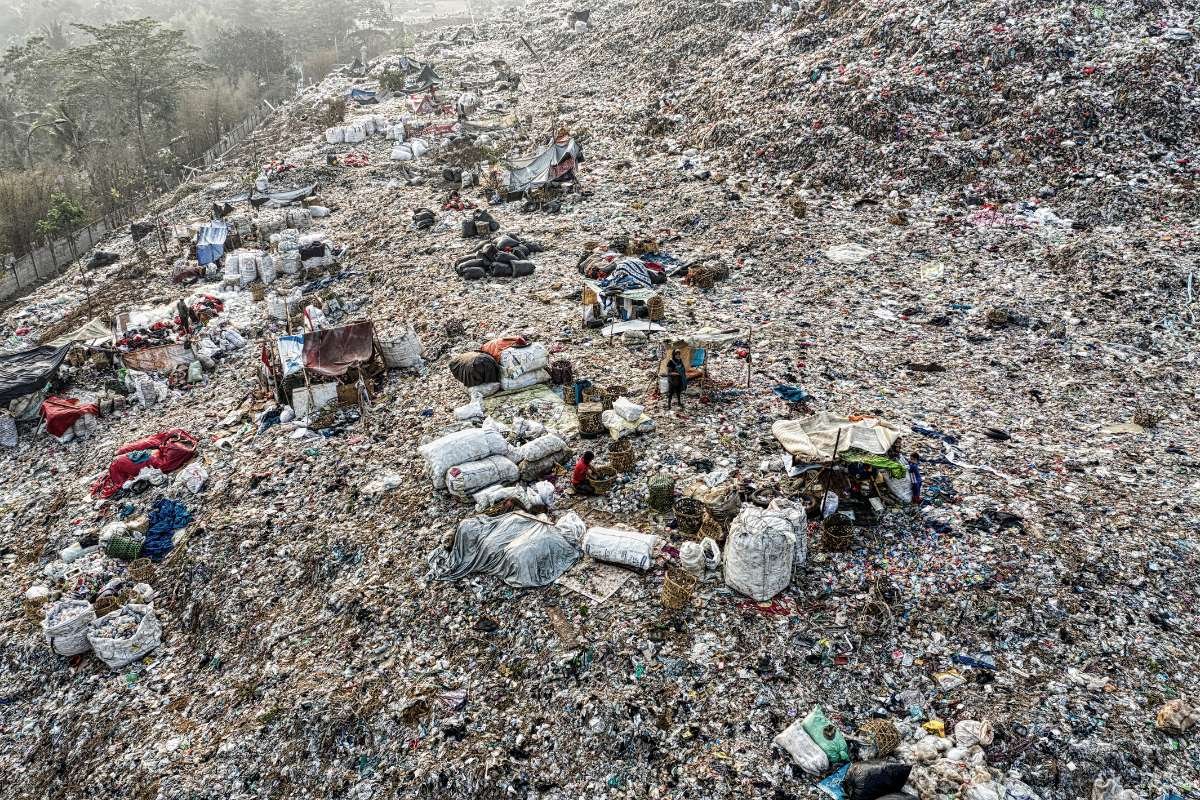Creating a powerful first impression is crucial for any luxury brand, and packaging plays a vital role in this process. The right luxury packaging reflects your brand’s identity, values, and quality while distinguishing you in a competitive market. Choosing the right luxury packaging is about much more than just aesthetics—it’s about communicating a unique brand story and making a lasting impact on your customers.
8 Steps to Choose the Right Luxury Packaging for Your Brand
1. Understand Your Brand’s Identity
The first step to selecting the right luxury packaging is understanding your brand’s identity. A well-defined brand identity will guide your design choices and help you create a cohesive experience for your customers. Consider these questions:
- What values does your brand represent?
- What emotions do you want your packaging to evoke?
- Who is your ideal customer, and what expectations do they have for your brand
By answering these questions, you’ll better understand the design elements and packaging materials that align with your brand’s identity.
2. Work with a Luxury Packaging Company
Partnering with an experienced luxury packaging company can be a game-changer in bringing your vision to life. A good packaging company can offer expert insights on design trends, materials, and techniques that can elevate your brand’s packaging. When working with a packaging company, ensure they understand your brand’s specific needs and have a track record of delivering high-quality solutions. Clear communication and a collaborative approach will help you get the results you envision.
3. Focus on High-Quality Materials
Luxury packaging is defined by the quality of its materials, which must align with the premium nature of your product. High-quality materials don’t just look good; they feel luxurious and add perceived value. Consider the following options:
- Rigid boxes: Often used in high-end electronics, jewelry, and cosmetics, rigid boxes offer sturdiness and a sleek look.
- Wood and metal accents: Adding wooden or metallic elements can give the packaging a unique, high-end appeal.
- Eco-friendly materials: Sustainable options such as recycled paper and biodegradable materials allow luxury brands to maintain quality while prioritizing environmental responsibility.
- Glass: Partnering with a certified glass packaging manufacturer is a fantastic choice for high end spirits, perfumery, and elevates the perceived value of the product.
Investing in premium materials also enhances the durability of your packaging, ensuring your product arrives in perfect condition and makes a lasting impression.
4. Choose Design Elements That Reflect Your Brand
Design is one of the most critical elements in luxury packaging, and partnering with T.H.E.M. can help ensure every detail is executed with precision. Every detail, from color schemes to typography and logos, should align with your brand’s image. Here are a few design elements to consider:
- Color palette: Luxury brands often use a refined color palette to communicate elegance and sophistication. Think about how colors align with your brand message. Classic colors like black, gold, and silver are often associated with luxury, while pastel shades can convey exclusivity and subtlety.
- Typography: The font you choose should reflect the brand’s tone. Serif fonts can add a timeless, classic look, while sans-serif fonts bring a modern touch.
- Embossing and foil stamping: These techniques add texture and visual appeal, enhancing the unboxing experience for the customer.
- Minimalism or maximalism: Decide whether a minimalist approach (clean lines, understated colors) or maximalist design (bold patterns, elaborate textures) best represents your brand.
5. Think About Functionality and Customer Experience
Luxury packaging should not only be visually appealing but also functional and easy to use. Consider the entire customer journey, from the moment they receive the package to the unboxing experience. Ask yourself:
- Is the packaging easy to open and handle?
- Does it protect the product effectively during transit?
- Will the packaging offer a memorable unboxing experience?
To enhance the experience, consider adding elements such as magnetic closures, pull-out drawers, or additional compartments. A well-designed luxury package that’s as functional as it is beautiful will leave a lasting impression and build brand loyalty.
6. Incorporate Sustainable and Eco-Friendly Practices
Today’s consumers are increasingly concerned with sustainability. Luxury brands are responding by embracing eco-friendly packaging solutions that don’t compromise on quality or aesthetics. To meet this demand:
- Choose recyclable or biodegradable materials.
- Use eco-friendly printing methods and water-based inks.
- Consider reusable packaging options, like premium cloth bags or high-quality boxes, that can be repurposed.
Implementing sustainable practices not only appeals to environmentally-conscious consumers but also aligns your brand with responsible business practices, enhancing its reputation and appeal.
7. Test Your Packaging
Before rolling out new luxury packaging, it’s essential to test it thoroughly. Testing allows you to evaluate functionality, durability, and the overall customer experience. Consider conducting a soft launch with a select group of customers or gathering feedback through surveys. This process can provide valuable insights into any necessary adjustments to improve your packaging further.
8. Stay Updated on Trends in Luxury Packaging
The luxury market is dynamic, with new trends constantly emerging. Staying updated on the latest packaging trends can help your brand remain relevant and innovative. Some current trends include:
- Personalization: Adding personalized touches like monograms or custom colors.
- Interactive packaging: Designing packaging that encourages customer engagement.
- Minimalist elegance: Clean, simplistic designs that convey sophistication.
By keeping up with industry trends, your brand can continue to offer packaging that feels fresh, innovative, and aligned with customer expectations.
Conclusion
Choosing the right luxury packaging for your brand requires a blend of strategic design, high-quality materials, and attention to customer experience. By partnering with a trusted luxury packaging company and considering factors like sustainability, functionality, and brand identity, you can create packaging that not only protects your product but also enhances your brand’s value in the eyes of your customers.


















